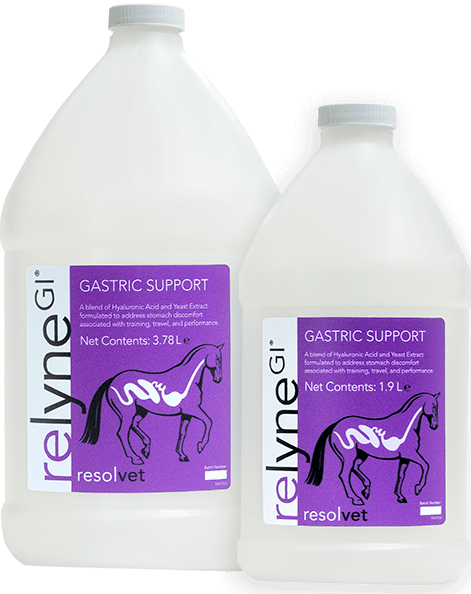
Imported & Distributed
Merlin Vet Export Ltd
2/3 Carlaw Road, Pinnacle Hill Industrial Estate,
Kelso, TD5 8AS +44 (0)1896 849641
support@relynegi.com
Merlin Vet Supplies Ltd
Dublin 2, Ireland +44 (0)1896 849641
Manufactured & Labelled
Hagyard Pharmacy, LLC
Lexington, Kentucky 40511 Toll Free (888) 323-7798
Imported & Distributed
Merlin Vet Export Ltd
2/3 Carlaw Road, Pinnacle Hill Industrial
Estate, Kelso, TD5 8AS
+44 (0)1896 849641
support@relynegi.com
Merlin Vet Supplies Ltd
Dublin 2, Ireland
+44 (0)1896 84964
Manufactured & Labelled
Hagyard Pharmacy, LLC
Lexington, Kentucky 40511
Toll Free (888) 323-7798


